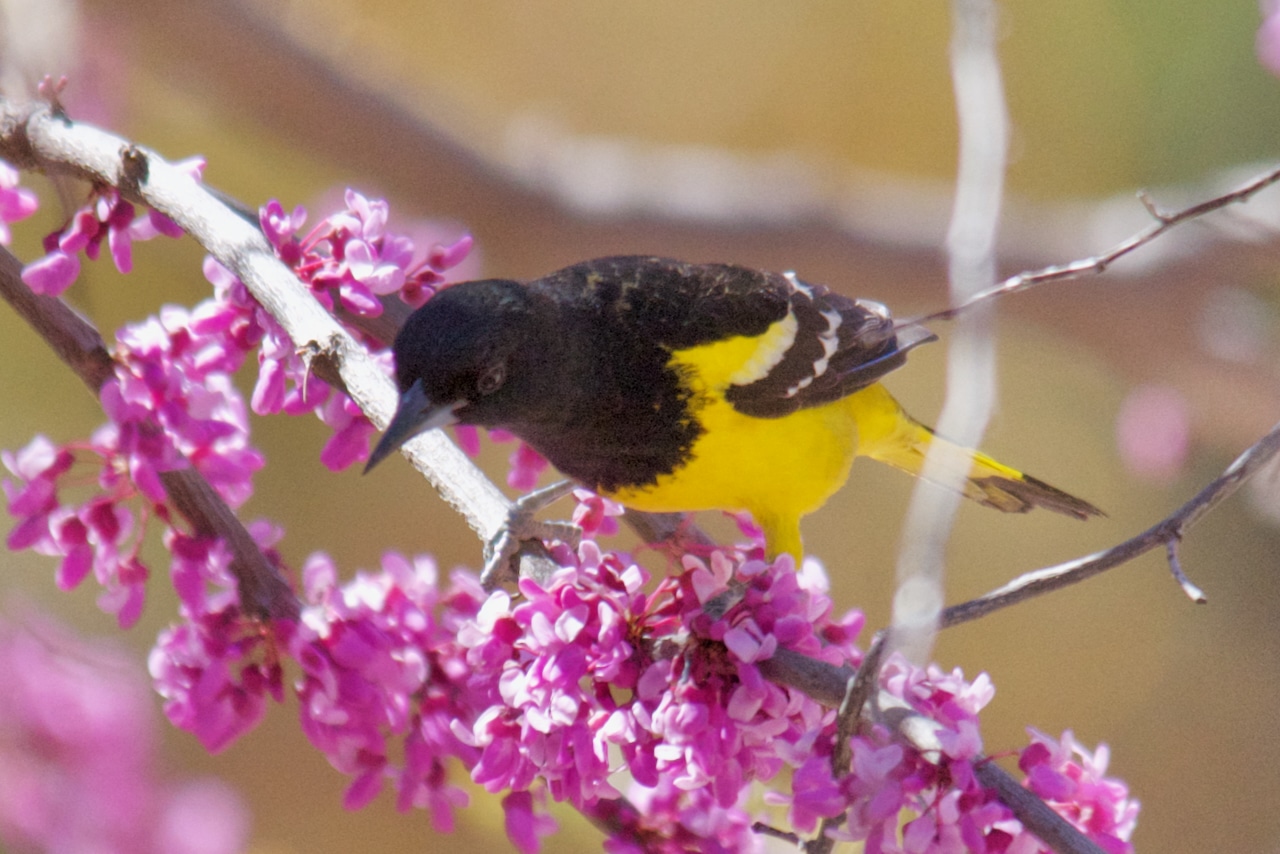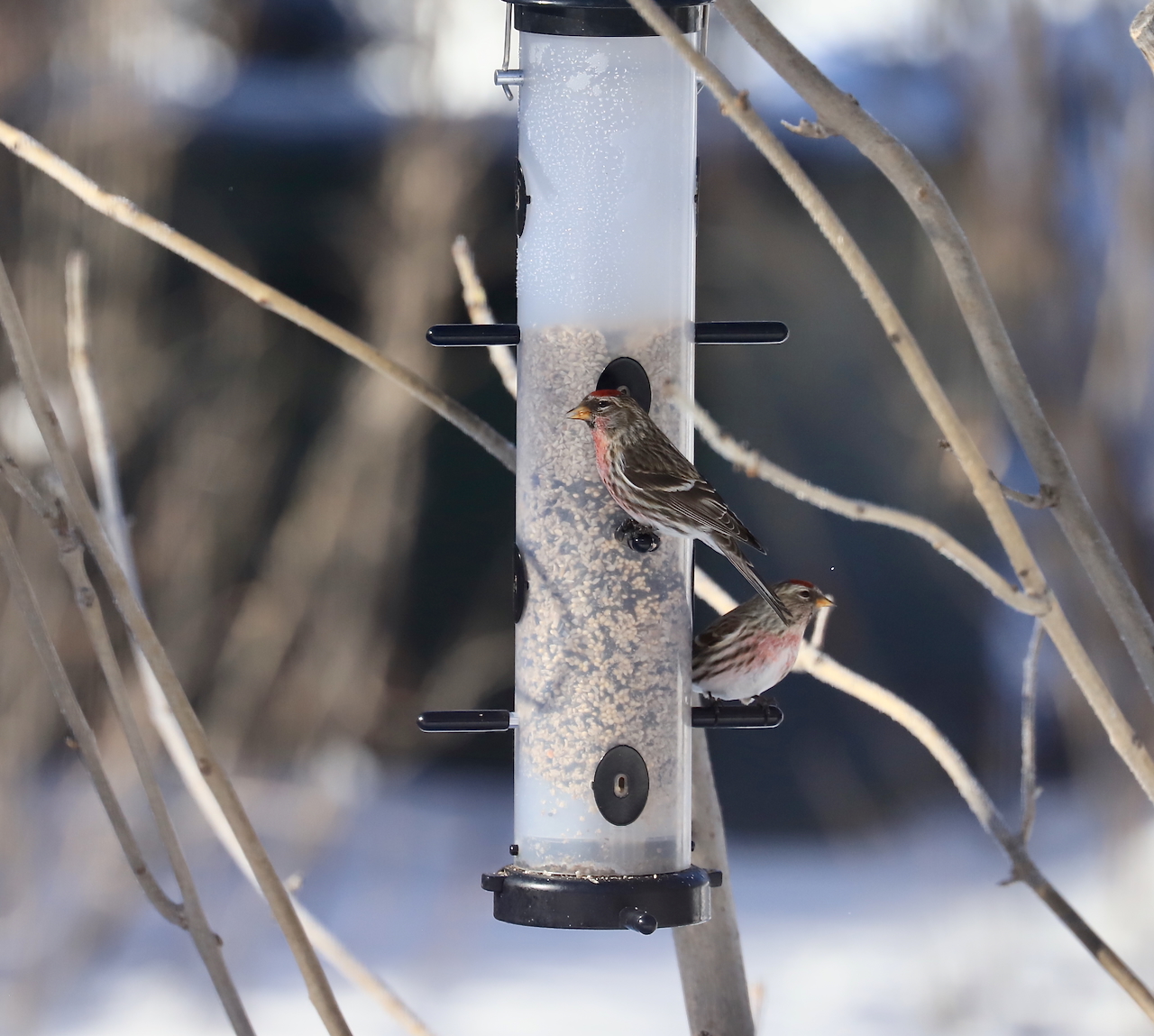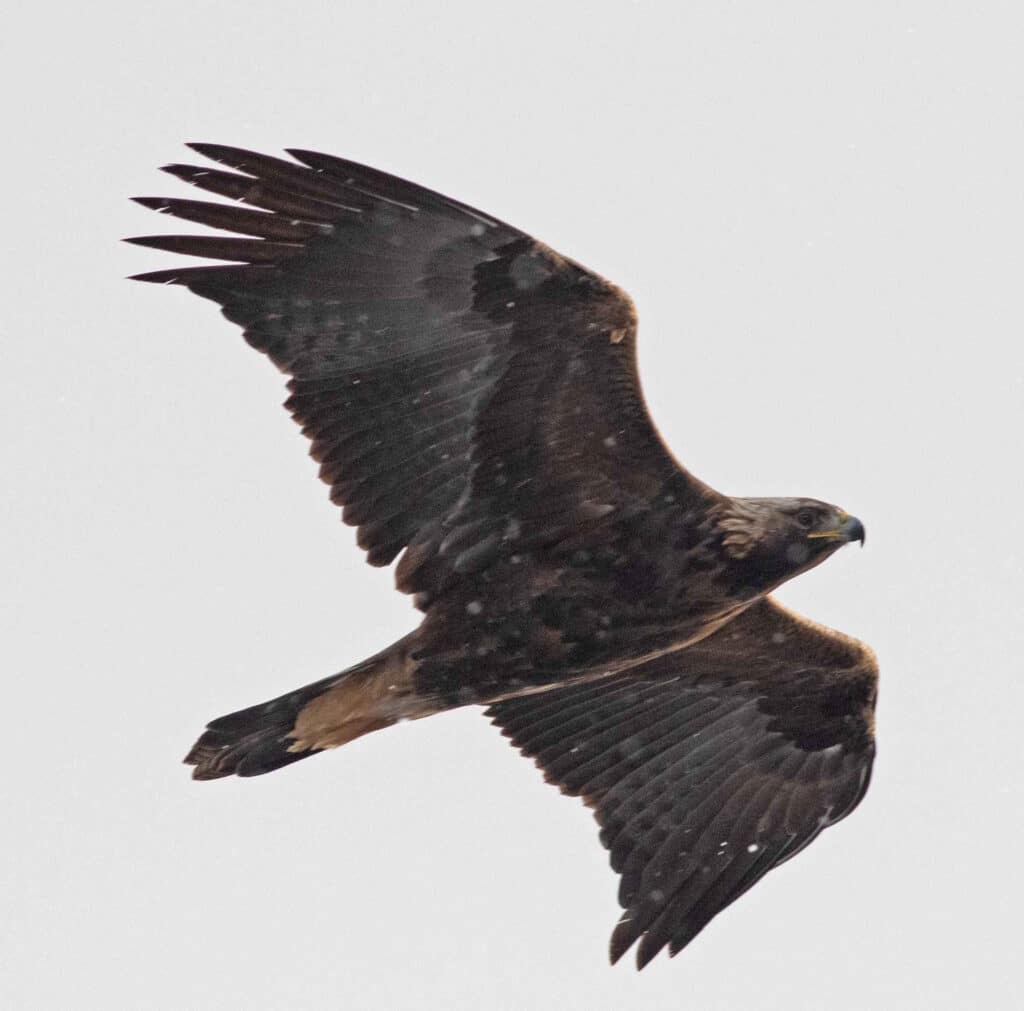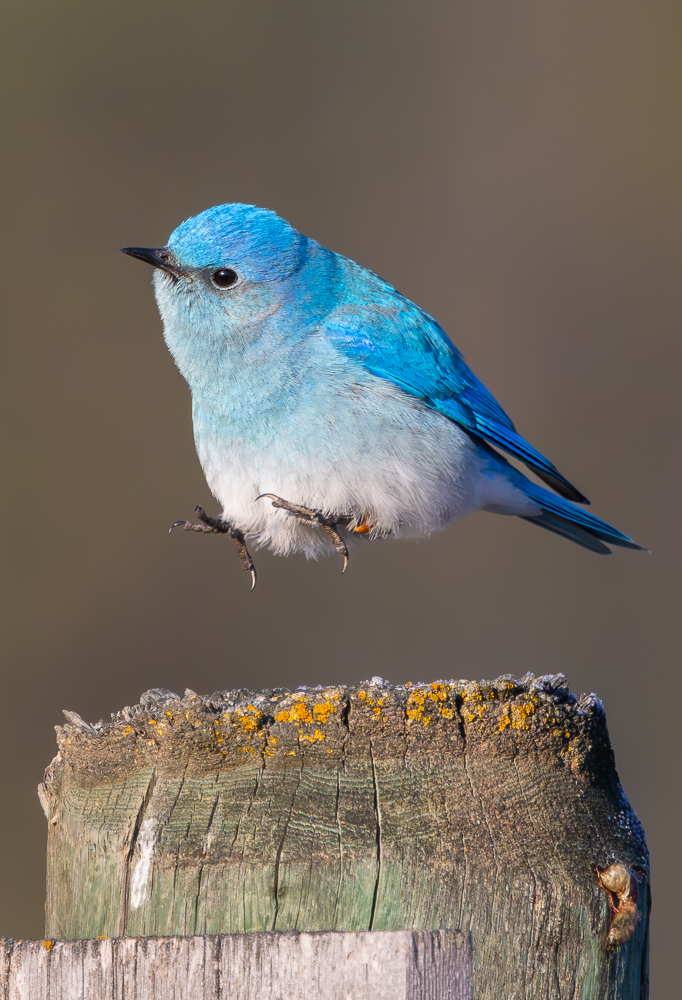There were a handful of unusual warblers this past spring, starting with the Black-throated Gray Warbler that Matt Ruuhela and Dave Benes found May 4th. They discovered this warbler at the Big Sky Community Park. This small park next to the waste water treatment plant, features ponds and a nice section of riparian habitat along the West Fork of the Gallatin River.
Two different Blackpoll Warblers were seen during the peak of the spring migration. The first one was spotted outside of Peter Sellin’s office window, south of the MSU stadium on May 23rd. Four days later another Blackpoll Warbler was spotted working its way through John and Tamie Parker’s bio-hedge south of Bozeman.
On June 13th, while visiting Story Mill Community Park in Bozeman with a tour group from Illinois, Nathan Goldberg heard a singing Northern Parula.
The Sacajawea Audubon field trip up Jackson Creek near Bozeman Pass on June 4th, led by Lou Ann Harris, was a great success. During this morning walk the group spotted an amazing 55 species, highlighted by a soaring juvenile Broad-winged Hawk.
Locally, the rarest bird during the spring was a Red-headed Woodpecker seen June 6th. Carla Grier saw this showy woodpecker along Fort Ellis Road east of Bozeman. This is only the second record for Red-headed Woodpecker in Gallatin County.
Baltimore Orioles are rarely seen in southwest Montana, and the male seen by Dennis Shirley was a big surprise. It was especially a surprising sighting for the late date of June 24th and the odd location in the lodgepole pines next to the Madison Arm of Hebgen Lake.
An Eastern Pheobe was seen for only the third time in Gallatin County near the Chestnut Mountain trailhead east of Bozeman. Jerry Webb found and photographed this bird on July 8th.
Bob Schaap first noticed a Rose-breasted Grosbeak in his yard on July 6th, which seemed to be hanging with one of the Black-headed Grosbeaks that come to the feeders. Rose-breasted Grosbeaks frequently pass through this area in the spring and occasionally in the fall, but what makes this bird notable is that it is only the second one recorded in July.
2023 has seen the greatest expansion of Great-tailed Grackles into southwestern Montana yet, with birds seen at four different locations and one just over the border at Henry’s Lake Idaho. Bozeman’s first sighting of the year was the single Great-tailed Grackle Erin Robinson saw on May 7th at the Cattail Creek Park in the northwest part of town. Then on July 26th Robin Wolcott discovered two Great-tailed Grackles at the Walmart parking lot, just over a mile from the earlier sighting.

Further afield, two new birds were added to the Montana state list, which now totals 445 species. The first to appear was a Scott’s Oriole that showed up in Linda Rebich’s yard in Dillon on May 25th (eating orange slices she puts out for the numerous Bullock’s Orioles). The second new bird this year for the state was a Bell’s Vireo, discovered just three days later by Logan Kahle, while doing bird surveys on a private ranch west of Baker. Ed Harper was fortunate to be in the area and he returned later in the morning with Logan, and obtained excellent photos documenting this exciting find. Both the Scott’s Oriole and the Bell’s Vireo were at the top of the list for next most likely birds for Montana, as their known breeding ranges lie just outside of Montana in Idaho and the Dakotas, respectively.
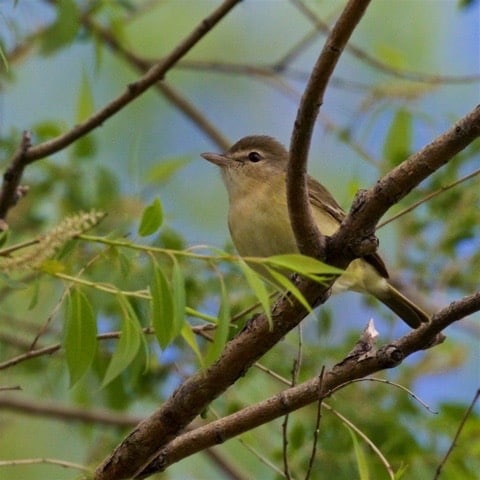
A bit closer to home, researchers with the Yellowstone Bird Program have been adding a wealth of knowledge about Yellowstone’s birds over the past decade. This summer field technicians Louis Kreemer and Alexander Sowers had a very thrilling find while doing point counts up Slough Creek in the northeast corner of Yellowstone. Early on the morning of June 28th they heard a song that sounded like a Sedge Wren, and then flushed a bird that didn’t look like the expected Marsh Wrens. After finishing their count, they returned to the spot and relocated not one but two Sedge Wrens. This location surrounded by the Absaroka Mountains is over 300 miles from their typical prairie breeding range. Whoever does the survey next year is sure to be listening very carefully.

